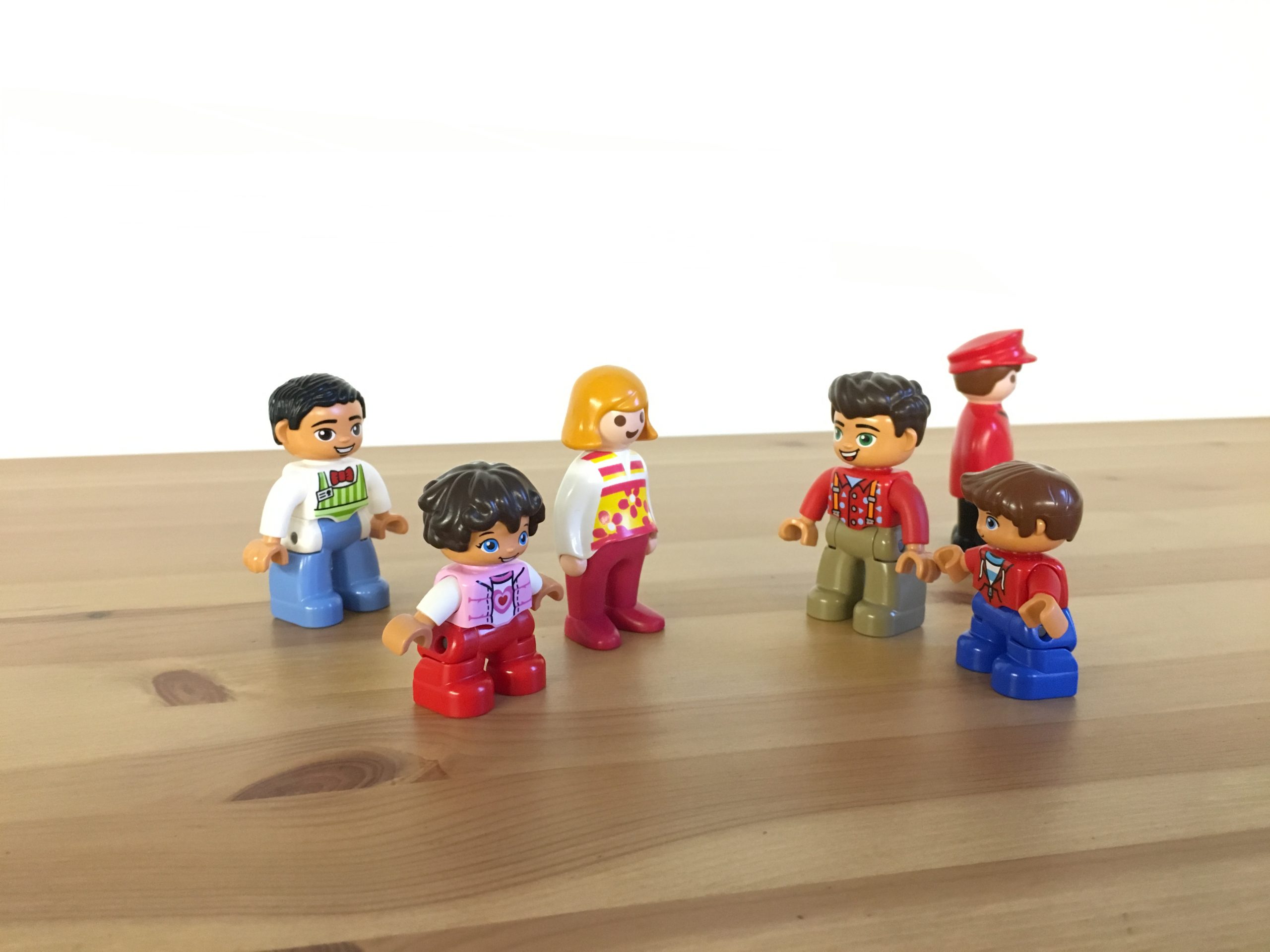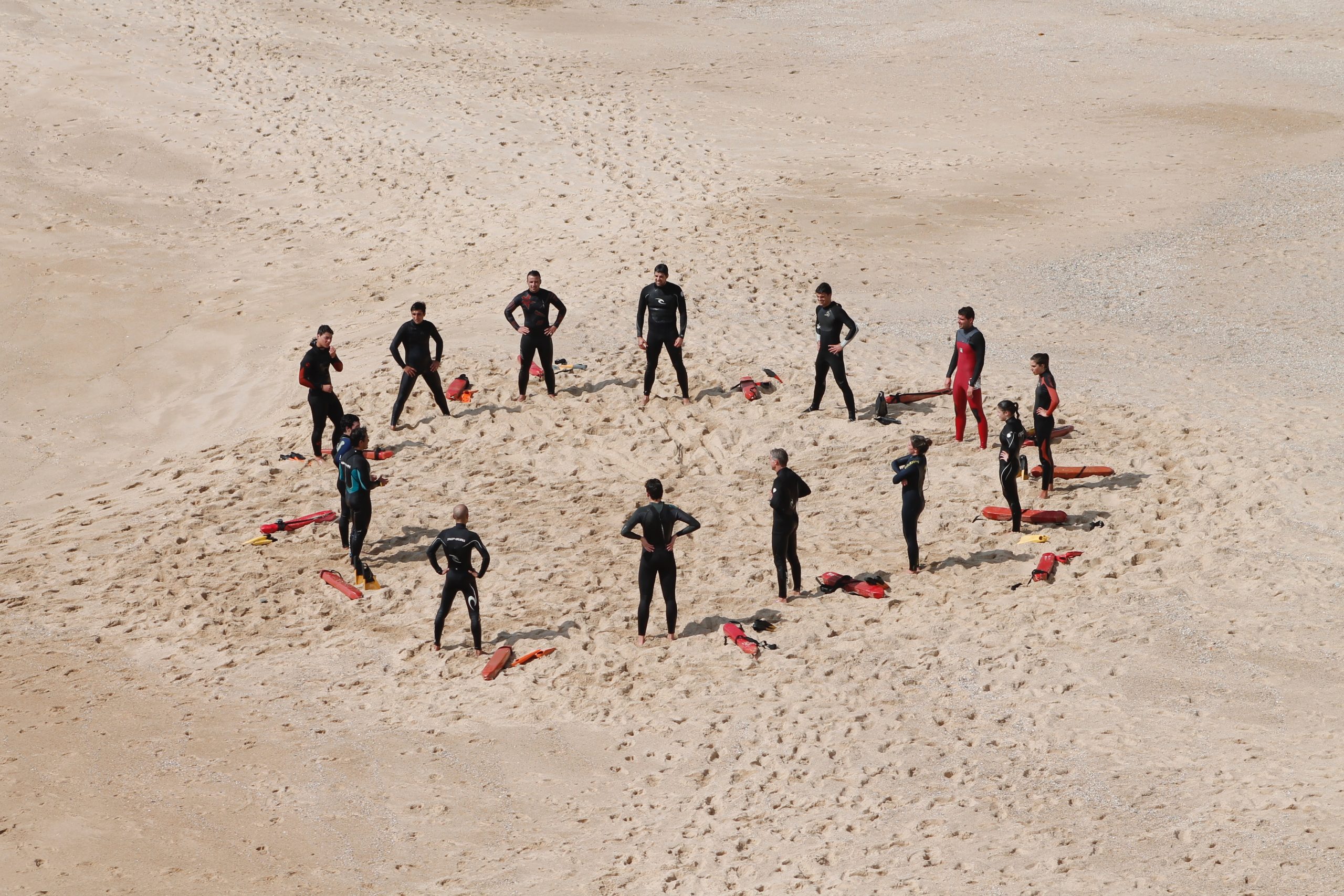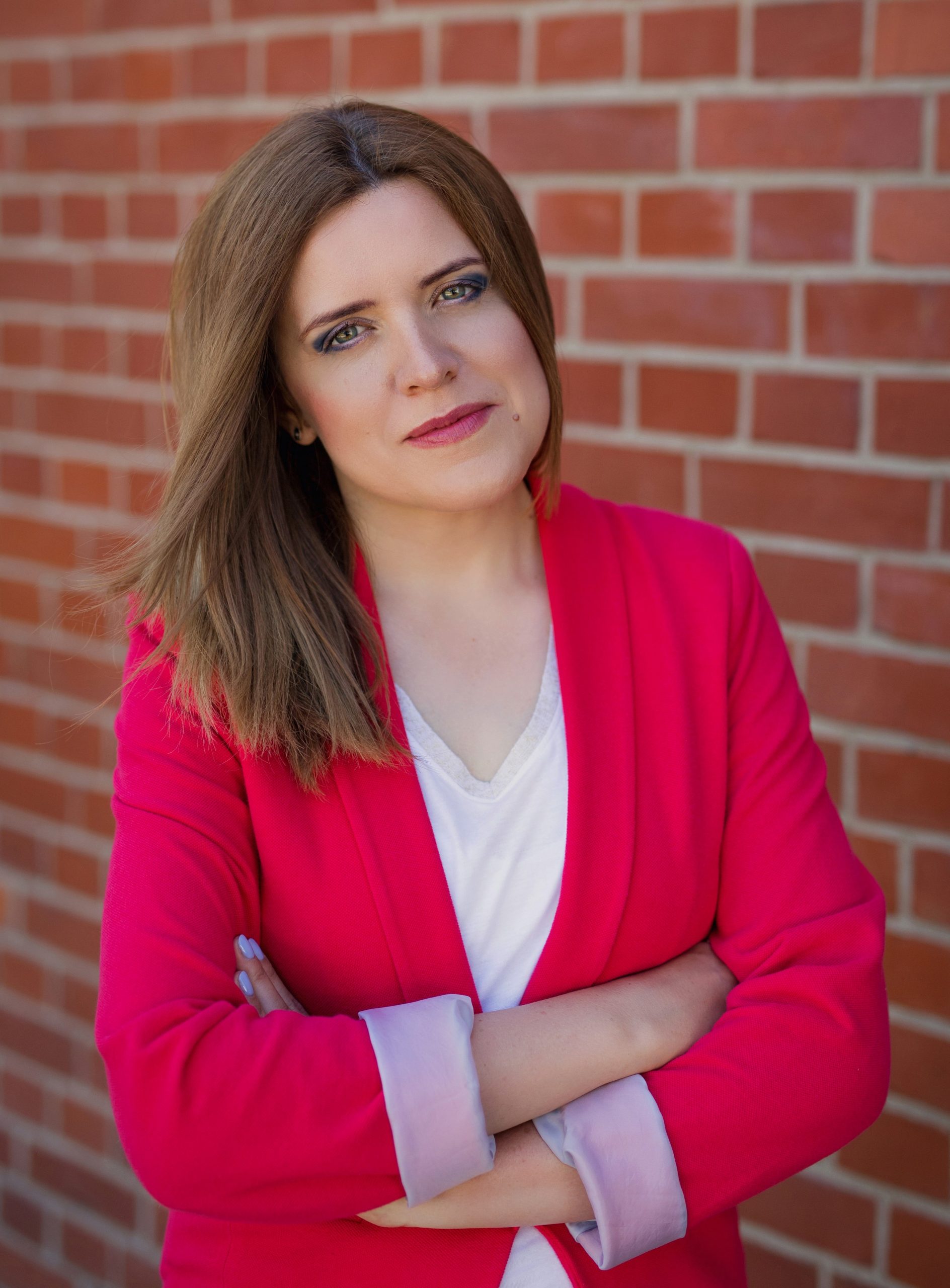TRAININGS | COACHING | PERSONAL DEVELOPMENT | TEAMBUILDING
Constellations in coaching. How to build a 3D relationship map.
Agnieszka Pater | 01.12.2019
What are they and where do they come from?
Constellations are very useful tools for working with individuals and teams. The constellations that originate from Bert Hellinger’s work and systematic coaching are nothing but a set of elements that create a pattern and have their own structure. This is a live map of the client that represents his internal relationship landscape.
Constellations application
In coaching work you can use constellation exercises in different contexts. They are particularly useful when the client says he is stuck and the same problem keeps coming back to him. Equally, when there are frequent conflicts in the client’s relationships or environment and when team or company members do not respect each other. It is also worth reaching for them when the coach’s preferred methods of working with the client do not bring results. In that case new energy emerging from non-verbal work is needed that derives from the intuition.

Photo by Maciej Ostrowski on Unsplash
“Constellations work because we all carry within us an unconscious inner map of everything and everybody we have been or are in relationship with.”
John Whittington
Working with constellations
The first stage of system settings is map creation. To arrange it you can use objects that are at hand like cups, pens or adhesive cards as well as specially designed tools. Feel free to use stones and tokens as well as Lego blocks or toy figures. The map can also be created in the open space of a forest or park using branches, tree trunks and natural terrain for its design. It is worth noting that in the case of cards and cups a coach and a customer need to determine in which direction they are pointing at. You can make use of cup holders or arrows to achieve that.

Photo by Agnieszka Pater
To arrange a map you can use objects that are at hand like cups, pens or adhesive cards as well as specially designed tools.
Feel free to use stones and tokens as well as Lego blocks or toy figurines.
The map can also be created in the open space of a forest or park using branches, tree trunks and natural terrain for its design.
The map creation process is divided into three phases: ‘interview’, ‘map creation’ and ‘closure’.
Interview
In the first phase a coach asks questions and invites a client to look at the problem from a broader, systemic perspective. Questions that can be asked at this stage are:
- Could you describe the problem in a few words?
- What would change for you if this problem were solved?
- If we were to create a map of the problem what elements would it include?
Business and other human endeavors are also systems…Instead, we tend to focus on snapshots of isolated parts of the system, and wonder why our deepest problems never seem to get solved.
Peter Senege
Map creation
To create a map that lets you look at the system you first need to outline its boundaries. When working with a team leader on map creation the sequence of questions can be:
- What would it be like if the table top represented the whole company and this piece of paper was your team?
- Now select the figurine/stone that represents you and put it on the map in a place that feels right. What does size/color of the figurine tell?
- Set up other team members on the map in a mutual relationship. Note the direction and the distance. Which way is your team looking at? How far or near are they from one another? If you stood in this place which direction would your attention be directed to?
- Is anything else important here? Should someone or something else be considered at this stage?
- Stand up and look at your map from different angles. What do you notice when you look at it?
- Select one of the items on your map and see if you can move it to another location. What has changed?
Creating a map can take from ten minutes to half an hour. The duration depends on any new information and insights that may arise while creating the client image.
Closure
A good way to close this part is to ask a customer a following question: “What new information have you got by looking at the problem in this way?”
Map creation may stop when the client has got insight into his situation and has acquired information which could be used at a later stage of coaching process. As you gain experience working with system settings you may again invite the client to form a constellation by adding to it the two most important processes i.e. movement and sentences. They are crucial in further work with hidden dynamics of the system.
Exercise for use in teamwork
The movement can be used to work with a team to harmonize the roles of individuals with the company’s goal.

Photo by Margarida CSilva on Unsplash
The movement can be used to work with a team to harmonize the roles of individuals with the company’s goal.
In the first stage, a coach asks the team to write a common goal on a piece of paper. Then he places the card with the goal on the floor defining its orientation to past and present. Then he/she asks each person to stand in a place that would determine their attitude towards the goal at the moment.
After this stage it is worth checking how people feel in their positions, how it affects the functioning of the team and how it determines the relationships between team members. Then the coach asks those who want to change position to move to a place in the future where they think the whole team will pursue a set goal. Here again people share their impressions of the places they occupy in space, the relationships arising between them and the bond connecting them around a common goal. Such a newly created map allows the team to build an internal sense of identification with the company goal. It also specifies how each of the roles performed in the team serves to achieve this goal.
For more information about constellation check: “Systemic Coaching and Constellations. An introduction to the principles, practices and application” by John Whittington.

About the Author:
I am a professional business and life coach. I accompany people in their change so they could spread their wings and start doing what they really want. I am a certified ICF coach and practitioner of Points of You method. I have 12 years of experience working in an international company. As a coach and business practitioner, I will help you build your professional competencies. You will be able explore your strengths and talents and clarify your goals. More about me: www.agnieszkapater.pl
This article is the result of ELEVATE project, implemented by Development Support Foundation Innovator.
Project is co-financed by the European Union under Erasmus + Programme. (KA1 – Learning mobility of individuals, Mobility of adult education staff, Agreement no. 2018-1-PL01-KA104-049658).
This project has been funded with support from the European Commission. This publication reflects the views only of the author, and the Commission cannot be held responsible for any use which may be made of the information contained therein.
Licencja CC BY-SA
BLOG Development Support Foundation Innovator is licensed under a Creative Commons Attribution-ShareAlike 4.0 License We kindly ask you to quote the author of the entry explicitly and the source: “The text is from the blog of the Development Support Foundation Innovator and is located at [link to the relevant entry] Author of the text: [name surname]”.
The CC-BY-SA license is excluded from the logo of the Foundation, to which all rights are reserved.